In a recent operation conducted in the Baltic Sea, NATO mine countermeasures experts successfully neutralised 16 historical sea mines in Estonian territorial waters.
This operation, part of scheduled historical ordnance disposal operations (HODOPS), took place from 9 to 18 November.
The operation was a collaboration between Standing NATO Mine Countermeasures Group One (SNMCMG1) and the Estonian Navy. Over a nine-day period, the multinational Allied task group dedicated approximately 120 hours to search, identify, and neutralise unexploded ordnance.
The task force, comprising five minehunters and two minesweepers, covered an area exceeding 22 square nautical miles and classified 228 objects as mine-like. Of these, 16 were confirmed as historical mines and were subsequently neutralised.
Commander Piotr Bartosewicz, Polish Navy, and leader of SNMCMG1, commented on the significance of the operation. “The Baltic Sea was heavily mined during the World Wars, however, some areas more densely than others,” Bartosewicz said. “Estonian waters are one of the most mined areas in the world and provide a valuable opportunity to train and to increase SNMCMG1’s combat readiness.”
Bartosewicz, who assumed command of SNMCMG1 in July 2023, led the group from its flagship, the Polish Navy ORP Czernicki (511), with an international staff on board. The group also included minehunters from the Belgian, German, and Royal Netherlands navies, as well as Polish Navy minesweepers. Allied minehunters from Estonia and Lithuania participated during the HODOPS.
Prior to the HODOPS, the task group visited Tallinn, Estonia, for a logistics stop and collaboration with the Estonian Mine Warfare Data Centre to identify areas of potential mine threat.
Bartosewicz expressed satisfaction with the outcome of the operation. “I am happy that by conducting HODOPS with our friends and Allies we made another step forward to ensure freedom of navigation and safety for all mariners around Estonian territorial waters,” he said. “We also increased interoperability and strengthened the bond we share with our Estonian Allies, which is so important for NATO’s overall situational awareness in the area.”
SNMCMG1, a NATO standing response force consisting of minehunters from various nations, is continually prepared to clear underwater explosives, enhancing maritime safety.
Following the Estonian HODOPS, SNMCMG1 visited Turku, Finland, for rest and resupply before participating in the multinational naval exercise Freezing Winds 23, which runs from 20 November to 1 December. This exercise, the first Finnish-led exercise since Finland’s accession to NATO, aims to enhance military capabilities and strengthen partnerships between Allies.


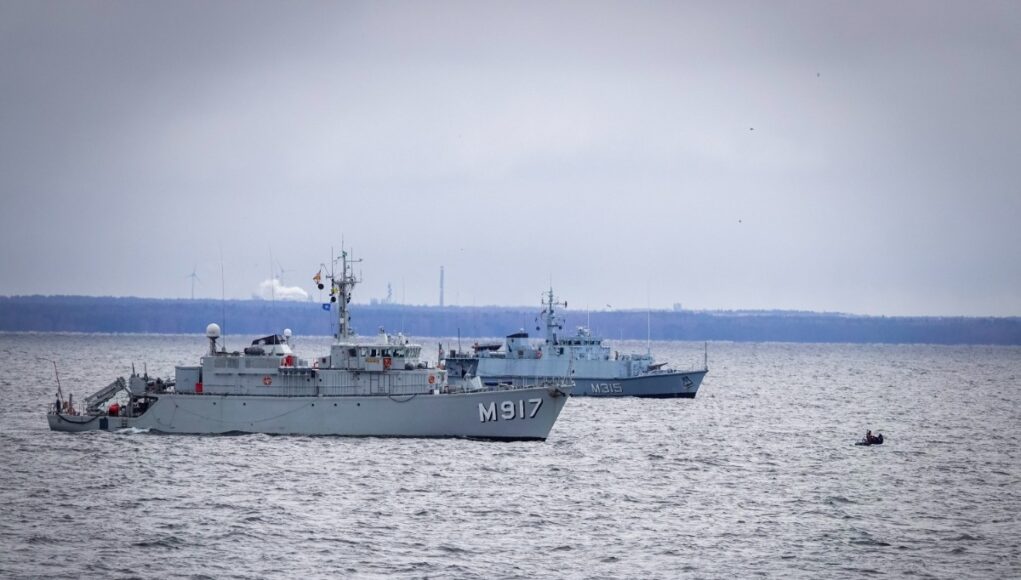
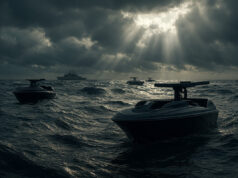
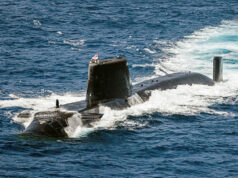

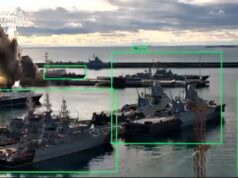
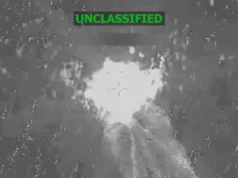


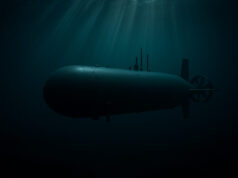



Just showd how important sweepers are to all the waterways around the world.
Assume exercises such as this could also prove to be a valuable testing/training opportunity for prototype MN/RN MCM systems? 🤔
👍
Note that SNMCMG1 as usual doesn’t contain a RN MCMV. That has been a rare tasking since 2017/2018, prior to which the UK was the de-facto lead nation for the group. Even the very occasional 3 month assignment will soon no longer be possible as the last few Sandown’s decommission, and the Hunt’s follow.
Former RN Sandown in the background, Ex Bridport.
Good work for Thales in Templecombe from all the offloaded Sandown Class. They do lots of Sonar upgrades for the various S2093 users. Did some Factory Acceptance Testing there on S2093 in my previous life.